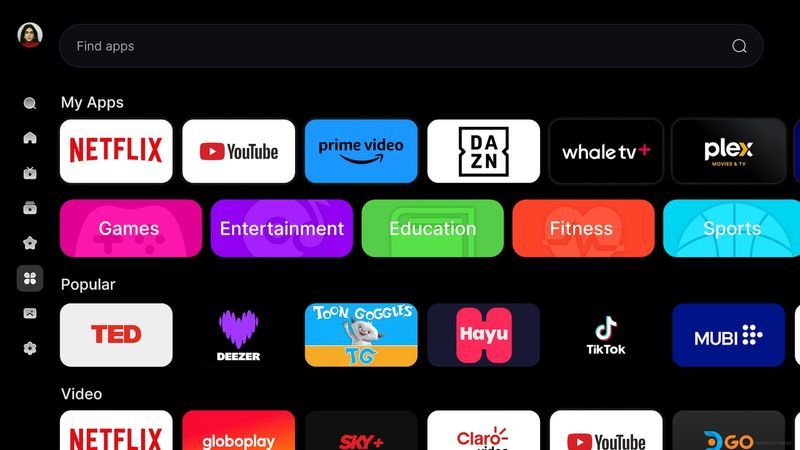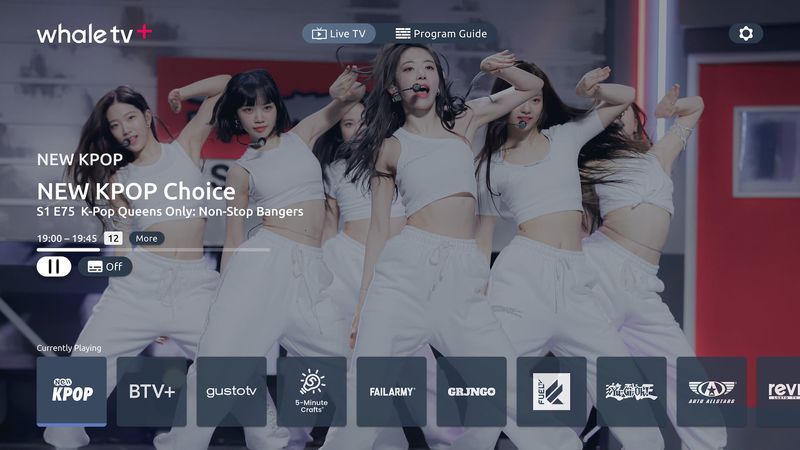
Zeasn, the company behind a white-label TV operating system that has previously powered software such as Philips Saphi OS, has said it’s rebranding itself as Whale TV. With the move, its operating system software is also being renamed, and will now be known as Whale OS.
The first televisions and set-top boxes to launch with Whale OS are set to become available in early 2025, Whale TV has announced. The platform provides TV makers with an alternative to the likes of Google TV, Samsung TV, Fire TV, Roku OS, and newcomers like TiVo OS and Titan OS, with the distinct advantage of being able to rebrand the software as its own.
The company didn’t say which devices are going to use Whale OS, because it’s entirely up to the companies that licence its software.
Whale TV Chief Executive Jason He said licensing a TV operating system is really the only way forward, many brands have decided. “We bring 13 years of experience to the table and are able to deliver a TV OS that is ready for global deployment, tried and tested by millions of households,” he insisted.

The curious thing is that many of those consumers who have “tried and tested” the software simply don’t know it, as Whale OS is simply used to power TV company’s proprietary TV operating systems. As mentioned, Philips used Whale OS, then called Zeasn OS, as the foundation of Saphi OS on its more affordable televisions. However, Saphi OS has since been replaced by Titan OS, so it’s not clear if Philips will use the new software
Still, Whale TV insists that it has more than 400 TV brands using its platform, including TCL, JVC, Sharp and RCA.
The latest flavour of Whale TV’s software is called Whale OS 10. It’s based on the Linux operating system software and comes with apps such as Netflix, Amazon Prime Video and Dazn baked in. These will reportedly appear as “recommendations” on the Whale OS homescreen, and there will also be a selection of free, ad-supported services, based on regional availability, such as the likes of Pluto TV, Plex and Samsung TV Plus. The company also has its own selection of free content, packaged as Whale TV Plus.

Whale OS also comes with a ChatGPT-powered voice assistant that supports 68 languages, and, like most TV operating systems these days, it’s ready for an advertising blitz to provide TV makers with some additional revenue. So that should mean there will be lots of “recommended content” showing up.
Talking about the as, He said the company is not only focused on helping viewers navigate the world of streaming apps, but also determined to “empower content partners and advertisers to reach engaged viewers.”